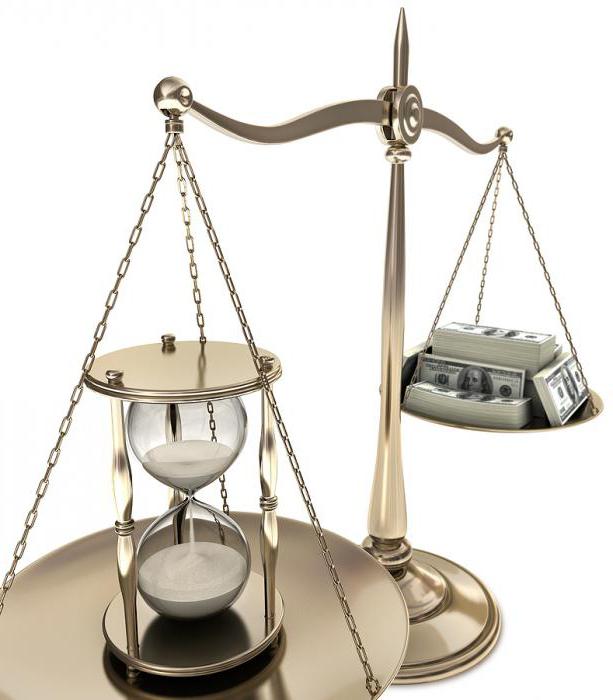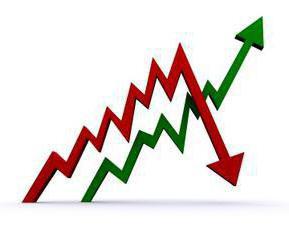The time value of money, the price of time-based cash, is a concept that is based on the idea that finances should bear interest. The value today is different from the value of a similar amount received later.
Time value of money
The concept of the time value of money is one of the basic concepts of the economy. Its foundation is the concept of the time value of money, in another axiom, that one amount of money in different periods can not be valued the same way.

In other words, this amount at the moment in a year or two will be different. Representatives of the theory believe that the cost of funds changes over time, taking into account the income of the financial market.
The concept of changing the time value of money
What explains the cost reduction? The theory of the time value of money is based on three elements: inflation, the risk of income loss, a feature of this tool.

If we talk about the Russian mentality, it also significantly affects the decline in the value of money. This may sound strange, but you should look deeper. The practice of Russia made people afraid of banking and any other commercial institutions. Most of the population prefers to keep money with them. Even the promised interest does not lure. Money remains at home, while it could bring income. Over time, inflation slowly but surely eats up these amounts. The time value of money falls. Although it could have been different.
Time Value Methods
They are used where one of the unknowns needs to be found: the level of interest, the amount of payments, the number of payment periods, the significance of the current and future levels. When using these methods, the values of the variables that are used in level calculations should usually be known.

Financial calculations for evaluation purposes are based on the methods of accrual, discount and annuity.
The first involves bringing the amount of money to a future level. For the second, it is necessary to reduce the expected amount by income, which increases over a certain period. The third method is based on bringing to a future level the aggregate of money received as uniform receipts in a certain number of periods.
What affects the value of money?
So, the main factors affecting the time value of money:
- profitability - profit from investments invested in production assets;
- inflation rate - price increase over a period of time;
- risk associated with investments - the possibility of non-return of invested money.

The value of the risk premium is determined by experts. When setting the discount rate, look at the interest rate of banks and the rate of return. The discount rate is defined as the level of profitability. It can be obtained on the basis of various investment opportunities.
The interest rate is based, as a rule, on the return that investments can bring to their investors.
The concept of assessing cash over time is based on the fact that their value gradually varies taking into account the rate of profit in the market. When comparing finance, two terms are used: the future value of the funds and the present value.
The first indicator is the aggregate of funds currently invested in which they will be converted after a specific period of time, taking into account the interest rate.
The present value is the future amount of cash inflows adjusted for the established interest rate for the current period.
The rate depends on the profitability and nature of the investment, the rate of inflation and the risk associated with investment.
The concept of money supply
Money supply is a stock of money in a country. It caters to the movement of cash flows called cash flows.
The sum of all the money in a particular country with the state, firms, credit organizations, the population, in accounts, in wallets, etc., is the national money supply. Circulation of funds is divided into cash and non-cash. Countries with developed market economies have a predominant non-cash circulation.

The concept of liquidity is used in relation to both the monetary system and the credit-banking, balance of payments system. This is the property of finance to be used by their owner to quickly acquire the necessary goods. Depending on the form in which the funds are located, liquidity increases or decreases. For example, cash is much more liquid than cashless.
Types of liquidity
The liquidity of various forms of cash by the degree of increase in their liquidity:
- money on bank deposits;
- money on demand accounts, checks, bills, credit cards;
- cash, bills, change coins, securities.
Money supply structure
Money supply is constantly changing its structure. In the current monetary system, its growth rate has significantly decreased, and money has begun to work better. In the Russian Federation, the minus of the monetary system is a large share of cash (about 65%), while in developed countries this indicator barely reaches 10%.

The ratio between the elements of the money supply varies depending on the growth of the economy.
Two factors influence the cash supply:
- change in the mass of cash;
- change in turnover speed.
The velocity of money is established using indirect methods. In the revenue cycle, this indicator is determined by dividing GDP by money supply. The resulting figure reveals the relationship between economic growth and cash circulation.
The turnover rate is set by dividing the income according to the forecast of the cash turnover balance by the average money supply in a year.
Money turnover (reflects the speed of non-cash payments) is determined by dividing the amount of funds in bank accounts by the average annual amount of money in circulation.
Turnover speed depends on:
- general economic factors that show how production occurs, how the cyclical nature of economic development, the rise in prices, and the growth rates of important sectors of the country's economy change;
- monetary factors: the structure of the payment turnover (how much cash and non-cash money is involved), the improvement of credit operations, the development of settlements, the level of interest rates on loans;
- the frequency of payment of cash and profits, the level of savings, the uniformity of financial spending.
Thus, the time value of money is a change in the value of money, taking into account income of the financial market over a certain period. And the effect of inflation on the velocity of cash circulation can be explained by the fact that buyers multiply their purchases to protect themselves from economic risks due to a decrease in the purchasing power of money.